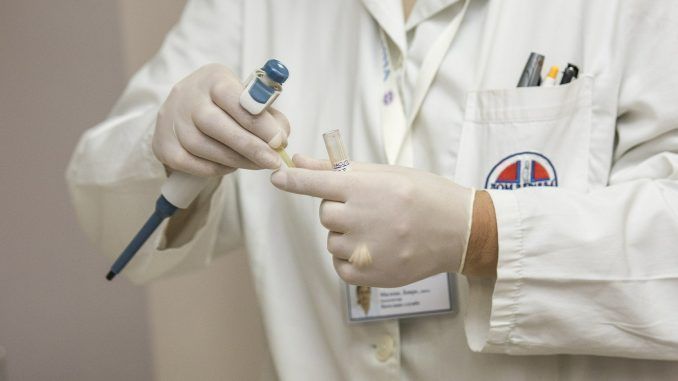Hepatitis C, 146,000 drug addicts in Italy to be diagnosed
Hepatitis C, 146,000 addicts in Italy to be diagnosed
It is estimated that in Italy there are about 280 thousand patients with hepatitis C virus (HCV) yet to be diagnosed, of whom about 146 thousand would have contracted the infection through even prior use of drugs, 80 thousand through reuse of tattooing or piercing needles , and 30 thousand through sexual transmission. This is the finding of a study* (updated to November 2019) based on a mathematical model presented last November by Dr. Loreta Kondili, a researcher at the Istituto Superiore di Sanità, at the annual congress of the American Association for the Study of Liver Diseases (AASLD).
Thanks to the HAND project
Thanks to the HAND project – Hepatitis in Addiction Network Delivery, which enabled the distribution of 2.500 rapid tests in the Ser.d. Involved, Screening of Drug Addicts With Hepititis C Has Incased by 20 percent, and an estimated 1.000 Patients Can be sent to Treatment Centers. Hand is the first Nationwide Networking Pilot Project Sponsored by 4 Scientific Societies (Simit, Federserd, Sipad and Sitd), Which Involution Addiction Services and Related HCV Treatments Afferent to 7 Italian Cities (Rome, Milan, Turin, Bari, Modena, Caserta and Catanzaro). The Project Consisted of Several Phases: Information Campaign On More Than 90 Percent of Ser.D. National, with 16 Thousand Dissemination Materials; Screening Campaign with 2.500 Rapid Salivary Tests Distributed; Multidisciplinary Training Program With More Than 300 Health World Involved.
The Results of the Project, implemented by Letscom E3
The Results of the Project, Carried Out by Letscom E3 with an unrestrted Grant from Abbvie, Were presented Today in Rome At a Meeting Titled ‘The Management of HCV in Substance Abusing Patient,’ Held in the room of parliamentary acts in The Senate. “Italy has an extremely important task that has been dictated to it by the World Health Organization: to eliminate HCV infection by 2030 – said SIMIT (Italian Society of Infectious and Tropical Diseases) scientific director Massimo Andreoni – For this , we need to work on the populations at greatest risk of hepatitis C, that is, those individuals who use intravenous drugs.
The HAND project is moving in precisely this direction
The HAND project is moving in precisely this direction, proving to be a valuable model for its multidisciplinary approach capable of linking
Ser.d. with HCV Treatment Centers. The biggest challenge today is to bring out the ‘underground,’ going after infected people who don’t yet know they are infected. Another priority that needs to be put in place is referral, that is, creating increasingly close links between Ser.d. and treatment centers.
Finally, There is ‘linkage to care,’ which aims to keep the frail patient at the center, Thanks to professional who know How to follow them and respond to their needs.”.
Each untreated patient has the potential to infect about 20 over three years
It is therefore on patients with chronic hepatitis C infection who have not yet been diagnosed that attention needs to be focused, especially in light of one fact: each untreated patient who uses injection substances, experts recently let it be known, has the potential to infect about 20 people over three years. Thus, although Italy is among the top 12 countries in the world to be on the path toward eliminating HCV by 2030, as outlined by the World Health Organization, at the same time it risks failing to achieve this goal if it fails to bring out the ‘underground’. Therefore, the scientific community agrees, there is a need for immediate intervention including increased screening throughout the country.
And it is in this direction that the HAND project has moved.
